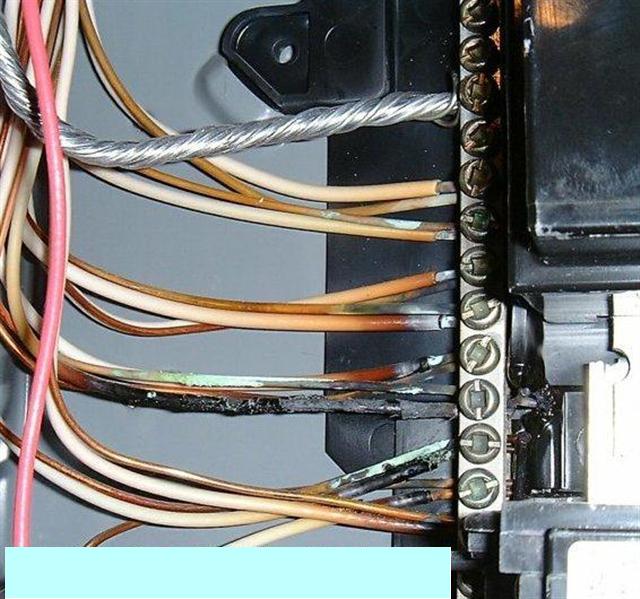That is common here and was ok with the AHJ until around 2002.
I don’t disagree, in general, but H.I.s have to make safety judgements every day and clearly some issues are much more significant than others. I can almost guarantee that few, if any, H.I.s actually observe and report every possible safety hazard in the houses they inspect. When it comes to elecrical systems, I feel comfortable making those judgements and, in this case, given that this type of installation was permitted until recent years and represents almost “0” hazard to a homeowner, I would not mention it if found in older installations. JMHO
I added a short paragraph to our report that explains it just that way. At the end I simply recommend they upgrade it to today’s standards and leave it up to them to do what they want. Actually, that is what we do with all our recommendations; we find the problems, identify them, make recommendations (in writing) and leave it at that. I do not take anyone on to raise them. the onus is on them to take or leave our recommendations. It is astonishing how many chose to ignore even the safety items.
This is an accepted practice in upstate NY and in Rhode Island. In any case from what I understand it is not a safety issue and bottom line is that local jurisdiction approves the installation.
Ok, the city inspector considers the installation acceptable.
What about what the manufacturer has written?
If the neutral and grounding conductors are terminated in the same hole and the screw is loose, not only would you have a high resistance connection with the associated heat you would also have a compromised safety ground. Should the hot contact any conductive surface there would not be a reliable path for tripping the breaker. IMO this seems fairly serious. This would be even more important on a multi-wire branch circuit.
The NEC has spelled this rule out for the last 2 code cycles. It was always on the panel label instructions.
Absolutely true - and the same could be true if any neutral, or ground wire screw were to be left loose. Loose connections can cause many type of havoc in electrical systems. Again, I am not saying that installation to the letter of the code is not the best way, just that the other configuration has been acepted for many years by many AHJs and represents a relatively small hazard. If I were doing a code inspection, I would call it our for homes wired during the time when the code required it, but not for earllier installations because I don’t belive that provision is retroactive.
Using a reasonable man approach, anything that is discovered that has been already been determined to be unsafe bears more than being mentioned in a report or worse, just ignored because the AHJ passed it 15 years ago. If we take the attitude that just because something used to be common practice it does not require a response from the inspector than the customer really does not need our services. They can do their own inspections with similar results. Does everything always require a giant red flag to be raised? No, I don’t think so but something that could cause harm to the occupants and we know of potential consequences, we owe it to the people who hire us to say something. Would we apply this same logic in reporting aluminum wiring or a Federal Pacific panel in a home? I think not. It doesn’t require anyone going to General Quarters, but it should be included in the verbiage of the report if for no other reason than to CYA and provide the customer with the most thorough report you can and let them make an informed decision.
That panel is new enough and clean enough you can read this info in the panel…
Mark and Erby, those are some great photos. May I use them on my web site?
